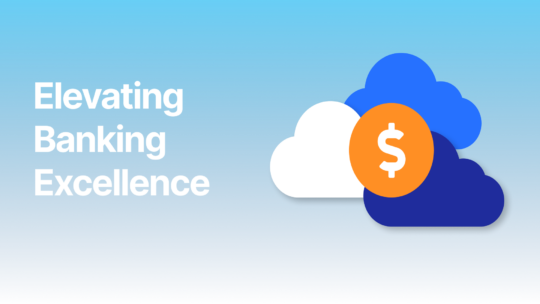In today’s payment ecosystem, the ability to monitor and use payment data effectively represents a real competitive advantage. Intelligent payment operations enables organizations to build a future-proof operations infrastructure.
In a recent webinar hosted by Anodot, we talked to a panel of experts in payments operations to discuss how to leverage data to optimize payment processes. Experts from Thunes, Payoneer, 888 Holdings and Anodot joined in the roundtable.
Liron Diamant, Anodot’s Global Payment expert set the stage discussing today’s environment in which payment data is becoming a commodity – a digital product. She said payment companies and financial institutions are realizing that smart operations aren’t necessarily related to performance but also to the company’s ability to learn and adapt using automation and complex data analysis.
The panel started the webinar discussing the process of collecting data, specifically which data they find most useful in analyzing.
Collecting useful data for payment operations
Elie Bertha, Product Director at Thunes, said it’s most useful to collect and monitor payment data that enables users to detect issues as fast as possible and communicate it properly. He also said it’s important to link all data sources together for a 360 degree view of the business and the customer.
Ari Kohn, the Risk Team Leader at Payoneer, said data that is managed and measured properly is the foundational layer of a successful payments business. He said Payoneer’s approach to using data for analysis is constantly evolving. He says the company has multiple sources of data stored in multiple formats. His teams have to wrangle all of that to get a 360 degree view of what’s going on in order to identify risk. .
Anodot’s Chief Data Scientist, Ira Cohen, discussed what happens on the other side of data collection – machine learning. Ira agreed it’s important to be notified as soon as possible when something is happening. He said the speed of incident detection has a lot to do with the volume and velocity of data.
Cohen says the challenge in data collection that feeds into AI and machine learning is to understand what level of granularity to go by. Cohen says the two options of granularity are by time and space. For example, you can break down transactions by location – down to a particular user. You can also aggregate transactions in time as well – in windows of one minute, five minutes, one hour, etc.
Cohen says a good monitoring system allows you to play with both of these attributes, but the dimensionality of the data and the timescale resolution of the data.
Payment use cases
Elie Bertha from Thunes says one of the company’s interesting use cases is to segment customers and compare them which helps detect anomalies from a business perspective.
Amit Levy at 888 holdings says they strive for end-to-end monitoring that correlates technical issues with business KPIs such as revenue, and how they are related.
Ari Kohn from Payoneer discussed use cases in risk management. He says different products carry different risks. For example, when Payoneer is issuing a debit card, the primary concern is fraud. In order to protect customers from card theft, they have to look for signals that indicate that kind of behavior. However, when issuing capital for a seller that needs an advance, they are worried more about delinquency. Kohn says both of those use cases rely heavily on the availability of data – data that is specific to the types of risk they monitoring.
The panel also discussed how they prioritize payment incident alerts and how they democratize data across the company for self service analytics. You can watch the roundtable discussion in its entirety here.





